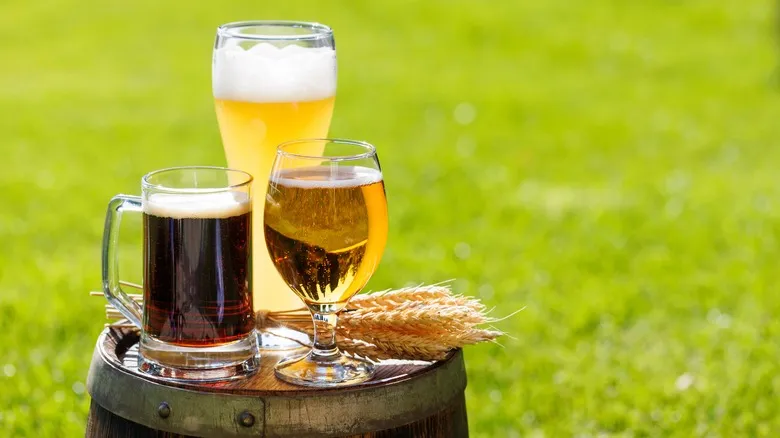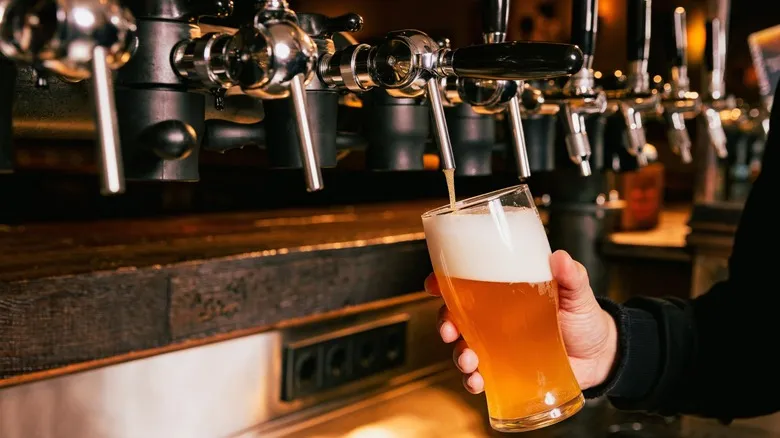How exactly to use beer in the kitchen

When it comes to cooking with beer, Kwame Onwuachi believes there are no strict guidelines. In fact, he suggests treating it as a fundamental ingredient in the kitchen. "Beer enhances flavor, so its impact is entirely positive. There’s really no 'wrong' way to use it," he explains. "You can incorporate it to finish a sauce or use it as a marinade for meat. I like to think of it as a versatile ingredient, similar to vinegar, but without the acidity."
However, just like with vinegar, it's important to use beer thoughtfully to avoid overwhelming other flavors. When marinating, you might want to be conservative, using as little as half a cup. Recipes like chili offer more leeway, often requiring a full 12-ounce bottle. For beer batter, it's crucial to follow the recipe closely; too much beer can make it too watery and ineffective. But don’t worry too much, Onwuachi advises — if the beer tastes good straight from the bottle, it will likely enhance your dish.
"Just remember not to be intimidated," he encourages. "The liquid is already so flavorful, so whatever you’re creating is bound to turn out great."
Using different beer types in cooking

Certainly! Here’s a rewritten version of the text:
There is an extensive range of both light and dark beer varieties available, so it's beneficial to know which types complement specific dishes. A good rule of thumb is to pair lighter beers with lighter fare: Pilsners or wheat beers go nicely with chicken or fish, while a crisp lager is great for beer batter.
On the other hand, richer dishes like stews and braises can be enhanced with darker, more robust beers such as porters, stouts, and ales. These beers also pair well with heartier meats like lamb or beef. In recipes that involve sauces, consider replacing some of the water or broth with beer. Stouts, with their subtle sweetness, can add depth to gravies or glazes for meats. Additionally, malty dark beers can be used in baking; for instance, Guinness bread is a beloved Irish recipe, and the beer can impart a nutty, malty flavor to desserts like cakes, especially when paired with chocolate.
However, exercise caution with hoppy beers like IPAs. As they reduce, they can introduce a pronounced bitterness to your dish. For this reason, IPAs are typically not recommended for cooking; if you choose to use them, do so in moderation.
For a real-world experience of cooking with beer, check out an exciting block party hosted by Kwame Onwuachi and Guinness on Saturday, August 24. Anticipate New York-inspired cuisine and plenty of cold Guinness — be sure to RSVP on Guinness' website.
Recommended

The Beer Glass Test To Suss Out Restaurant Cleanliness

The Cardinal Mistake Of Cooking With Wine According To Alex Guarnaschelli

The Best Red, White, And Rosé Wines To Choose At Costco

The Highest Awarded Wines You Can Buy At Aldi
Next up

